Where is/are the correct place(s) where PE (ground) and N (neutral) should be connected in a 230 V TN-C-S network? One or multiple times?
In the fusebox of my rental apartment (several apartments per house), the thick "inward" cable contains yellow-green (PE, ground), blue (neutral), black, brown (and possibly gray, hard to see because it is very tight, phases L1-3).
Within the fusebox, the metal bars with all the subsidiary wires for (a) blue and (b) yellow-green going to kitchen, bedroom etc. are connected by a thick short yellow-green wire, essentially creating an (additional?!) connection between N and PE, or - on other words - render the PE and N "before" my apartment a common (double) PEN wire.
I believe I had learned that the "outdoor" TN-C with "connected" PE-N should be separated to TN-S (with separated PE and N) at the place where earthing is placed (there is obviously no direct earthing for PE in my flat), usually at the mains entry to the whole house and the main brakers (cannot find original description, but in line with the answer of this post). The incoming already separated blue and yellow-green suggest they have in fact been separated before.
=> is it correct (allowed, or maybe even necessary?) to have such additional connections between N and PE?
Edit: I re-checked, it turns out that we have different "shades of blue" (which I deem not very intelligent): big wires from house to my fusebox: yellow-green is PEN (not PE), and 3 phases are black, brown and blue (live! - very old convention). Smaller wired from fusebox to sockets etc.: PE, N (blue! - new convention!), and phases (only black is used). => PEN is separated into P and NE in my fusebox, i.e. distant from central earthing point. Is this ok?
Photo of equipotential bonding busbar and wires (purple circle in drawing above). What are the 4 wires plus solid metal bar ging downwards?

